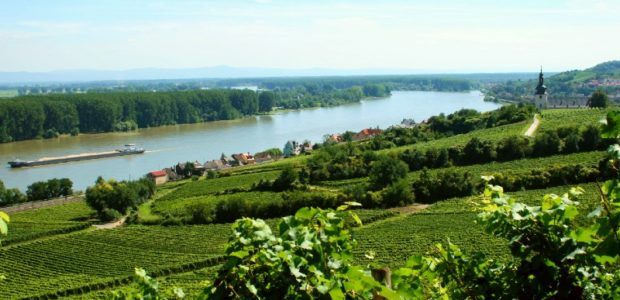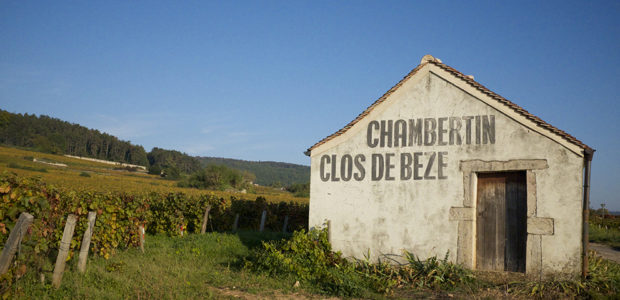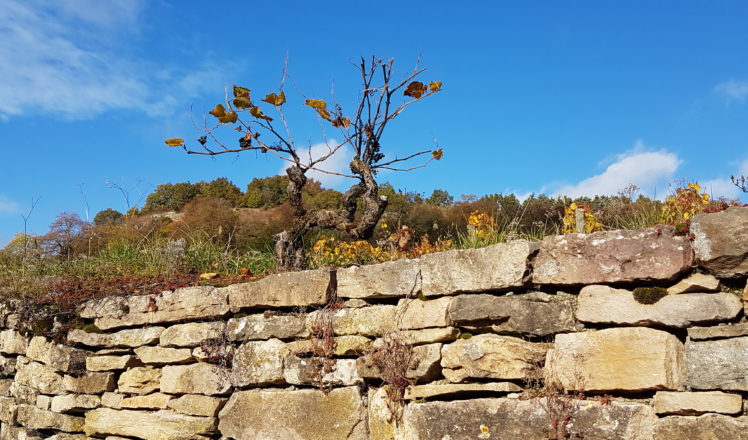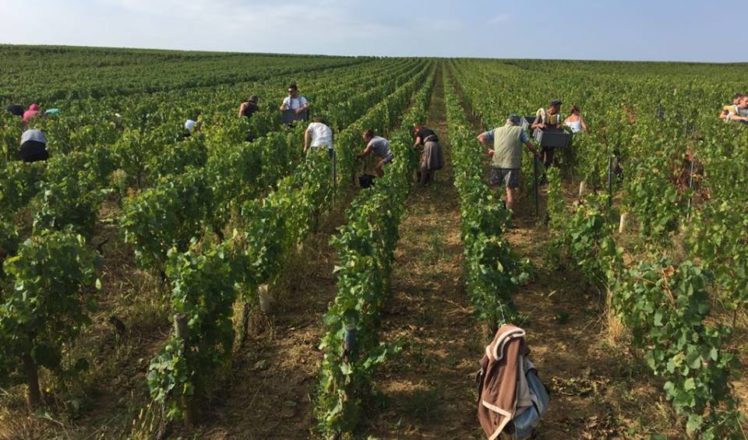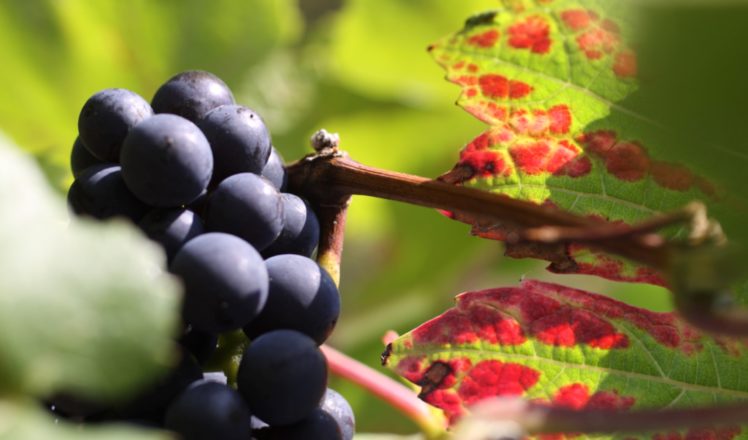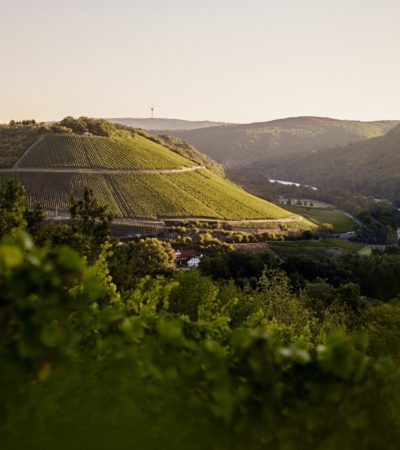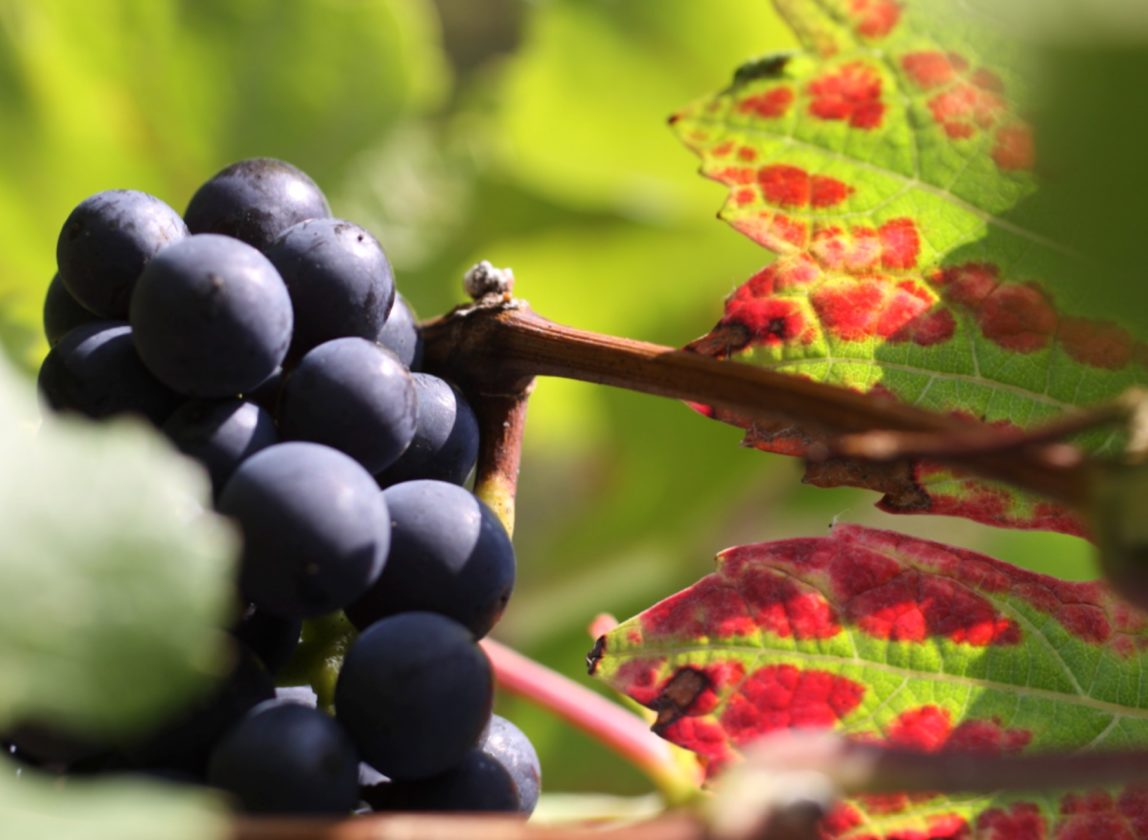
This article is part of a series looking back on previous vintage reports. All reports were originally published 2 years after the vintage. The 2018 vintage report was published in January 2020, the 2017 vintage report was published in January 2019, etc.
Overview
We all know 2018 was a hot year, but contrary to fears that it would produce imbalance, the best growers have made fresh transparent, richly textured wines, with excellent terroir definition and minerality. They remain classic Burgundies.
The time of lean green wines has passed. Growers are adapting to the changing climate, so rather than focussing on ripening their fruit, the emphasis is on preventing the grapes from maturing too quickly and unevenly. As ever, the crucial factor is in the vineyard, and conscientious growers are adapting viticultural practices to the new conditions. The key to producing balanced wines in 2018 was finding the right time to pick: early enough to preserve acidity and freshness, but late enough to achieve ripeness and flavour.
Winter and spring were wet and saw explosive vegetal growth and some disease pressure. A cold May caused some concern, but then the weather turned and it was dry and hot until vintage. Any rain was light and localised, and full aquifers meant that there were few drought problems. Flowering was early, as was the harvest, which began on 22 August, though some growers waited until the latter half of September to pick. They brought in perfectly ripe grapes, concentrated and dense, with almost no sorting required. For reds there was more emphasis on ‘infusion’ – to extract flavour and tannins – rather than aggressive punching down and hard pressing.
Whites
A surprisingly plentiful crop meant slower ripening, so whites have vibrant acidity and moderate alcohol to balance the ripe fruit flavours. There is a clear minerality, adding definition and freshness. The wines are remarkably consistent, and will provide much pleasure in the short to medium term, and of course some will make old bones.
Reds
The picture for reds is more nuanced. Yields were generally lower than for whites, and the need for ripe skins meant a longer wait. Towards the end of August maturation accelerated rapidly, so finding time to pick in the narrow window of ripeness was a severe logistical challenge. We are lucky to deal with Burgundy’s best growers, so quality was remarkably consistent across a broad range of styles. Some growers chose to pick earlier, and have made fresh, vibrant wines with firm tannins; others waited for full maturity, and have produced richer wines, with blacker fruit and higher alcohol. In these wines the tannins are silky and fine, giving freshness and definition, as well as, crucially, swallowing the alcohol, so that they remain balanced and digestible. They are approachable now, but many of them will be extremely long-lived.
As ever, the grower, not the vineyard, is the factor to focus on. The best growers have released excellent wines across the range, and lesser appellations have performed as well as great ones. It is too early to tell whether this will be a great year, but we are certainly looking at a spectacular vintage that will give much pleasure over time.


